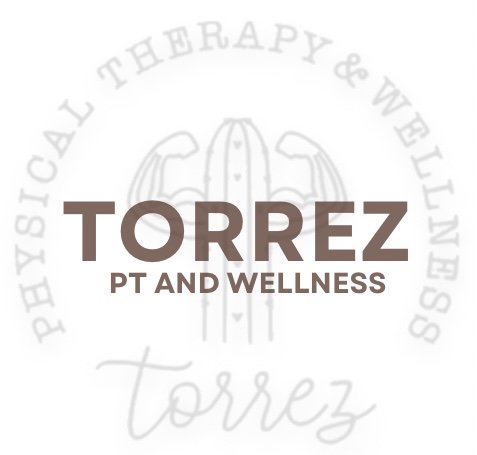What to expect when you see a physical therapist?
Historically there’s been a lot of confusion and lack of understanding as to what exactly it is that physical therapists do? The profession has evolved from a bachelors degree level of education to a now doctorate degree with the coursework often mirroring med school. Physical therapists have extensive course work on the various systems of the body. PTs also have an extensive background on differential diagnosis and ruling in and ruling out musculoskeletal conditions amongst other things. In my humble opinion, it is physical therapists that have the most knowledge and experience with diagnosing musculoskeletal issues. They also have the knowledge and clinical awareness of when and who they need to refer a patient to if it is beyond their scope of support. Physical therapist have helped patients discover cancer diagnosis, heart conditions, autoimmune diseases, and even rare conditions that often are forgotten or over looked. My grandfather was diagnosed with the horrible incurable disease known as Progressive Supranuclear Palsy. I suggested this diagnosis and put it on my family’s radar 3-4 years before he was actually diagnosed with it.
Physical Therapists are even front line workers in hospitals, often assisting when patients code, assisting with transfers and repositioning. They can specialize in wound care, cardiopulmonary, pelvic floor therapy, vestibular rehab, geriatrics, sports, orthopedics, neurology, pediatrics, oncology, woman’s health, sports, and even electrophysiology. Physical therapists can even become certified in diagnostic ultrasound imaging.
The biggest misconception that I see amongst patients is that
A. we are a massage therapists
B. We are personal trainers
C. We only provide therapy including electrical stimulation, ultrasound, and heat packs
I recently saw a patient and asked what her expectations for PT were. She told me that her doctor had informed her that she was not allowed to perform any extension-based activities ever again and that she should not be doing any sort of strength training. She said she was only supposed to do stretching. The patient has had previous imaging and her referral had no indication of any sort of restrictions. I can’t say that I ever seen a doctor prohibit all strength activities indefinitely, and if I ever do see one, I would get a second opinion. I am confident that most Physical Therapists are not stretch only therapists.
Physical Therapy is so much more than this. When you see a physical therapist you can expect an assessment that looks at posture, gait and how you move through a series of movements. As a therapist we look for everything. Do you cheat your way through the movement? Are you stiff? Are you overly flexible? Do you have pain with certain movements? Do other movements relieve your pain? Do lack strength or endurance? We will then further investigate what my be causing faulty movement pattern.
There are typically two factors that play into our movement patterns—mobility and stability. Sometimes what appears to be a mobility issue may actually be a stability issue. Or maybe it is a combination of both? Either way we will get to the bottom of what is causing your issue by retesting your movements in various positions. We will examine painful areas and may even find additional areas that you were not even aware of that hurt as well. We will then utilize manual therapy-cupping, dry needling, IASTM, joint mobilizations to reduce pain. These modalities can also improve tissue extensibility and mobility while promoting healing. Now that we have established painful areas and faulty movements, we will begin the process of designing an individualized program to target your needs, issues, and goals. Your goals may be different for a 20 year olds. Are you trying to be able to run marathon? Set a new PR with your deadlift? Or do you just want to be able to play with your grandkids? Everyone is different, therefore PT is not a once size fits all sort of thing. You will likely be given a set of exercises/homework specifically targeting your issues to begin working on during your off days. After you have been taught your exercises, you will be educated on what to expect the next few days and what to expect on your next visit and through the course of treatment. You will also be given advice on how to manage your symptoms and what to do if you symptoms worsen. With that, you can plan on every follow up session after that to include 60 minutes of treatment. Wear something comfortable, plan on moving and breaking a sweat. And in closing be prepared to work, have fun, and get your life back!
Yours truly,
Savannah Torrez, PT, DPT, COMT
”Change happens when the pain of staying the same is greater”
